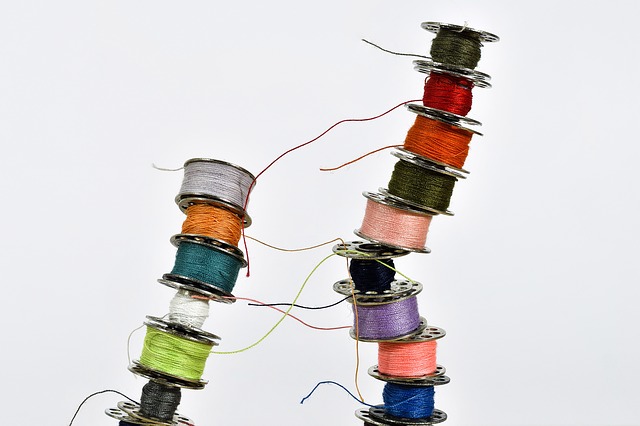Basically, chess players shouldn’t complain too much about the pandemic, after all, since then more chess has been played worldwide than ever before. Initially mainly online, but since the huge success of the Netflix series The Queen’s Gambit, the sales figures for chess sets have skyrocketed. Online chess lessons have become a demand because people suddenly want to learn how to play chess. And people want chic, high-quality, and stylish chessboards and pieces with an individual touch. Above all, modifications of the actually old pieces are even marketed as “modern chess pieces” today, and many chess fans have taken a liking to that.
Chess Influence on Psychology, Design, and Critical Thinking
It has been proven that chess is psychology and design, and the game occupies a special place among all cultural activities because of its complexity and dynamics at the intersection of culture, science, sport, and play. The European Union encourages the introduction of the ‘Chess at School’ program into the education systems of the Member States, as chess is an easily accessible game. Chess is said to fight social cohesion, social inclusion, the fight against discrimination, the reduction of crime rates, and even the fight against various addictions.
Architects, designers, and other professionals prove that chess challenged their brains and improved their critical thinking. Architects were better inspired to design new ideas, modern homes tiny homes that don’t jeopardize space. Designers were able to challenge their limits by creating better designs, even incorporating chess into the fashion world. Lawyers have better understood their cases because their brains were shaken by the game of chess.
Age and origin are completely irrelevant. Chess provides better concentration, more patience and perseverance, more sense of creativity, better intuition, better memory, better analytical skills, and better decision-making ability. Determination, motivation, and fairness can also be learned. A number of scientific studies have shown that playing chess is of particular importance for the development of personality, especially for minors, and as a means of support and education. In addition, chess has a high integrative effect, a game in which hardly a word has to be said, it knows no language and therefore no cultural borders.
The fact that chess and madness are also closely related, and that they are sometimes even two related molecules, is nothing new. At the latest since Stefan Zweig’s famous “Schachnovelle”, the genius in this sport has always had a certain predisposition to tragedy. Genius and madness are also close together in the Netflix series “The Queen’s Gambit”. Although this story is fictional, the parallels to real chess geniuses are definitely there. The greatest in the history of the game of kings were often eccentric, mentally unstable, or just plain crazy.
But why does chess do so much in the body? The special thing is that the entire brain is challenged when playing. According to a study, chess players use both the right and left hemispheres of the brain. This gives them a much faster reaction time than non-players. For example, when the right side of the brain is working, creativity is enhanced. Stimulating the prefrontal cortex improves self-control and strategic thinking. And because playing chess promotes fine motor skills, it can even promote regeneration after a stroke or accident.

